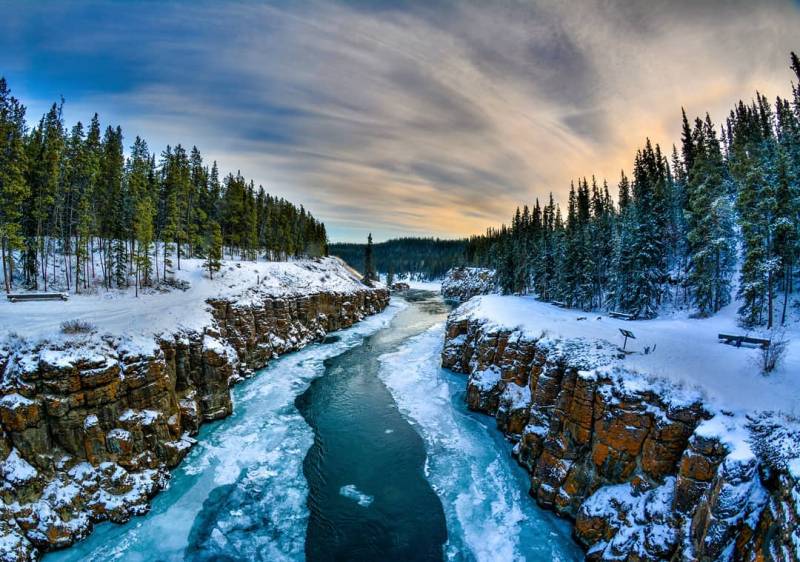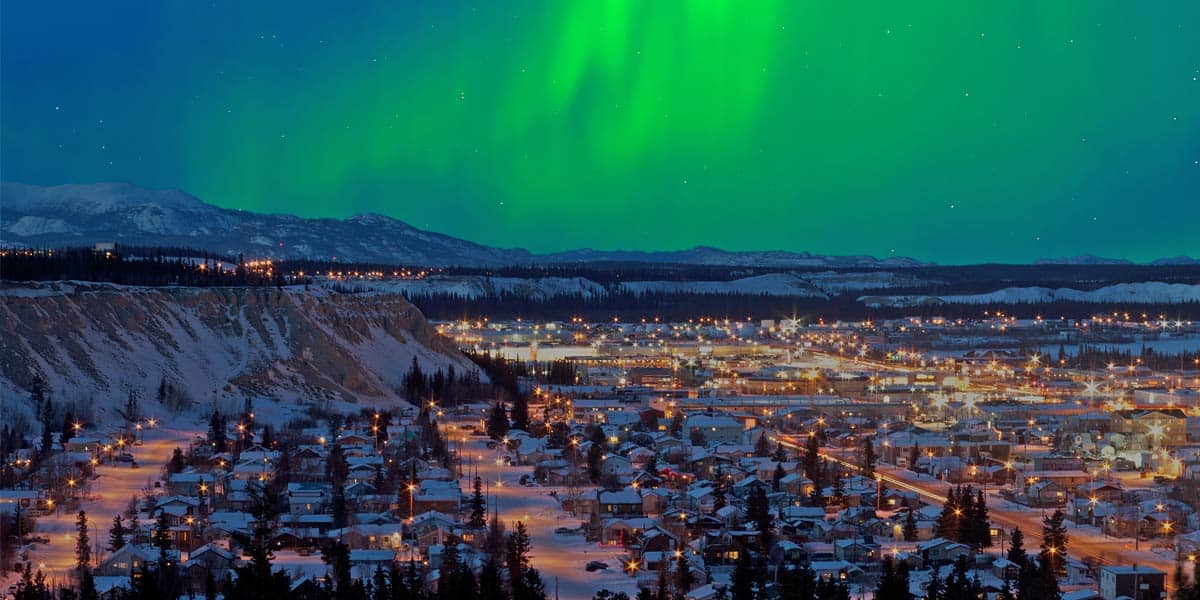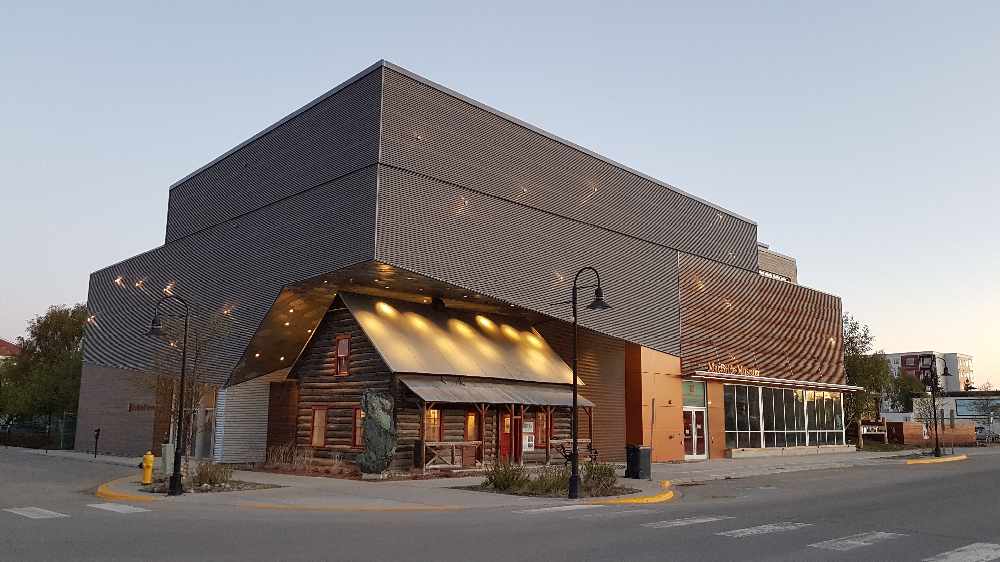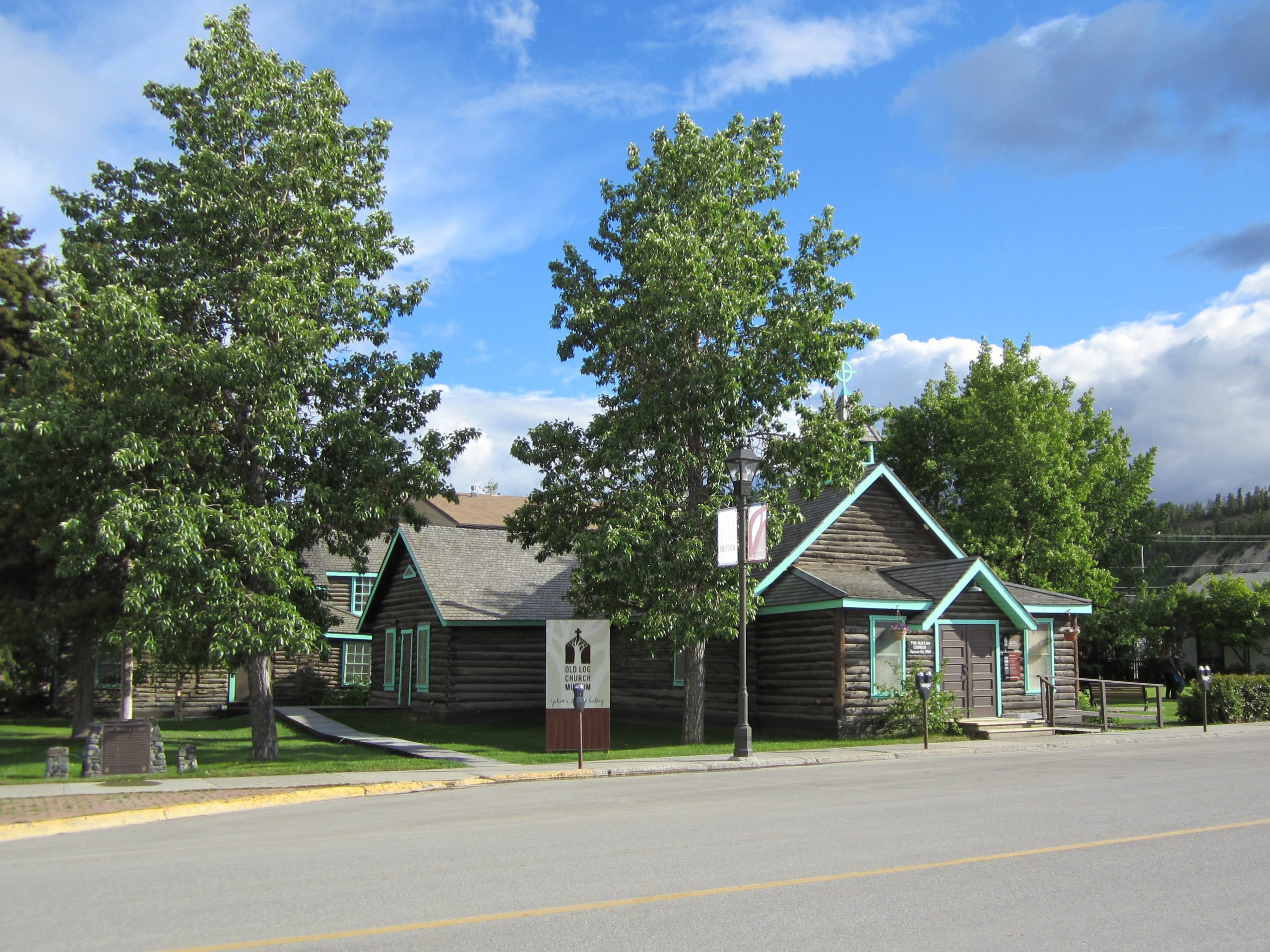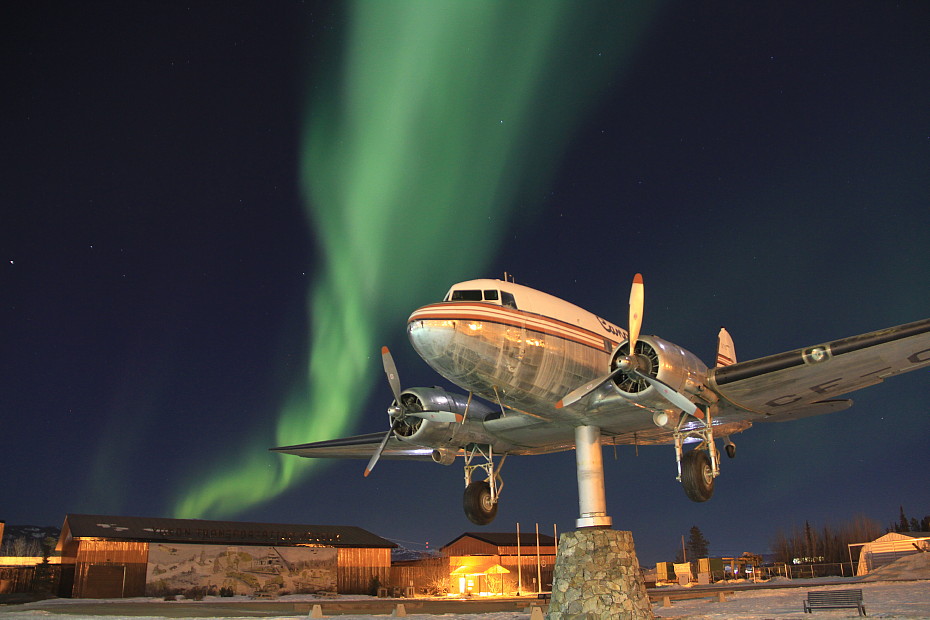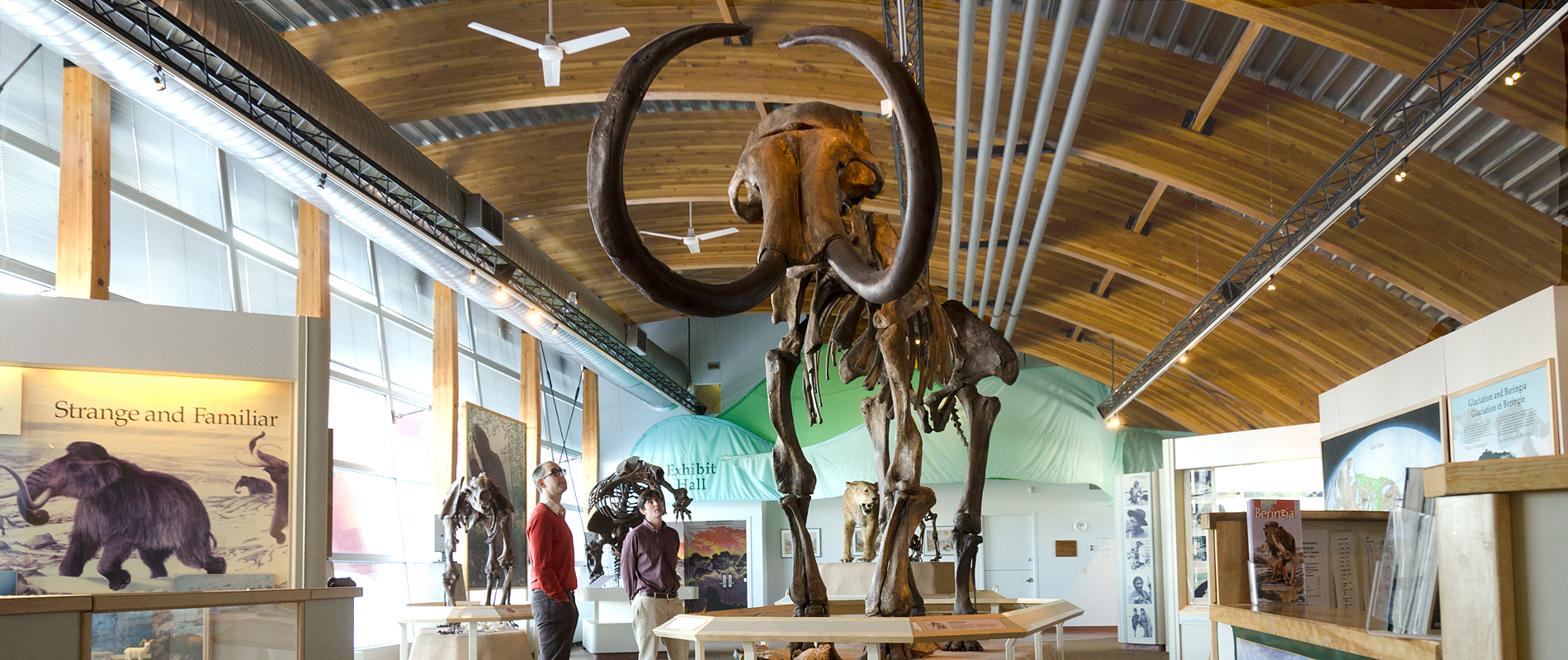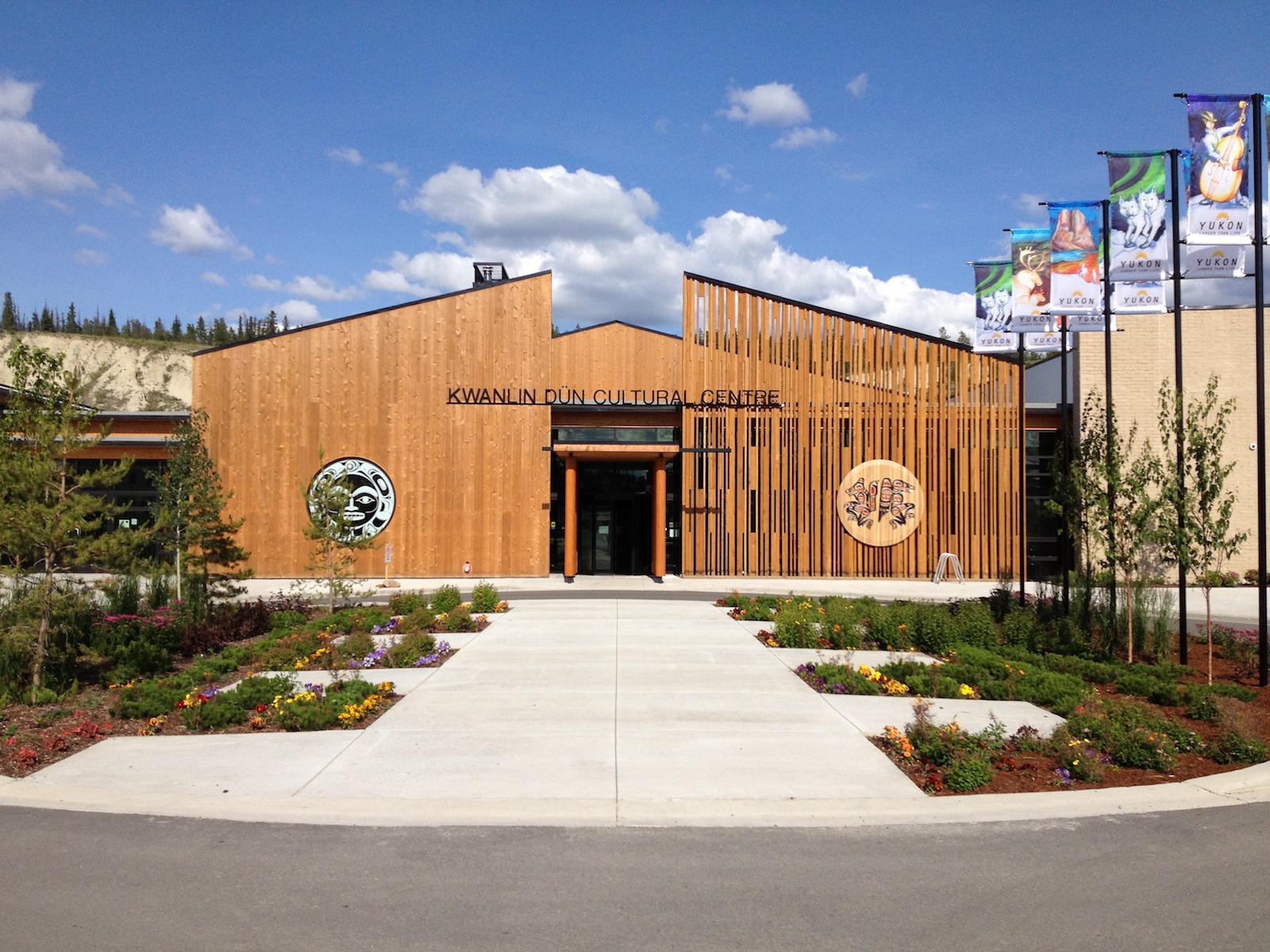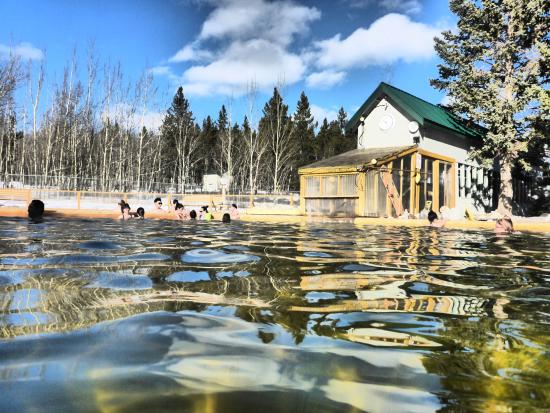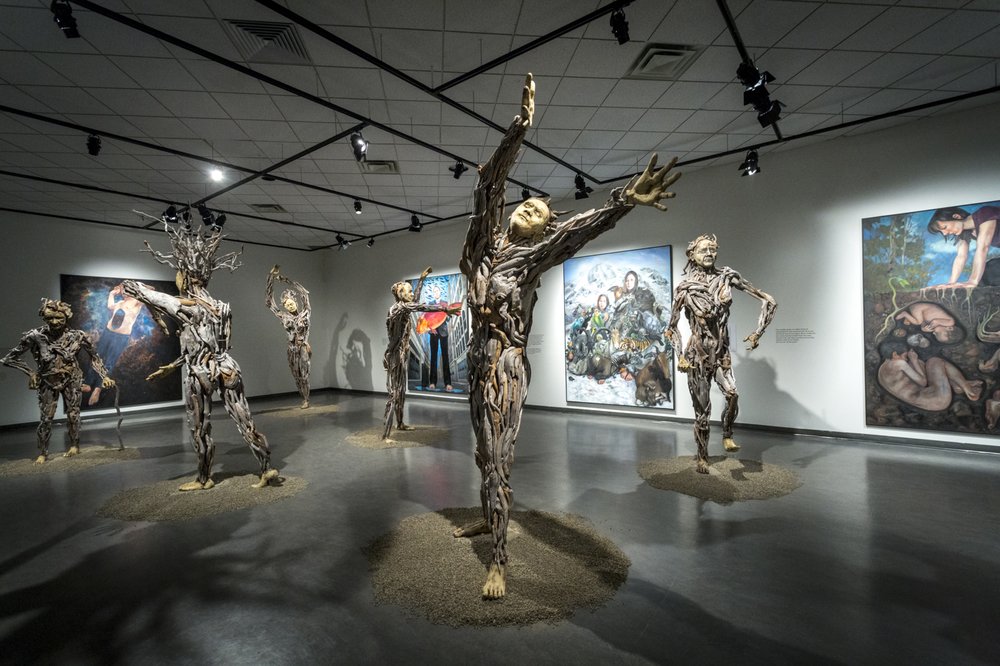Tourist Attractions and Thing To Do in Whitehorse
Similar to Dawson City, Whitehorse was founded as a result of the Klondike Gold Rush, which started in 1897. Before descending the Yukon River to Dawson’s riches, gold prospectors had to navigate the treacherous and occasionally dangerous route from Skagway across White Pass, Miles Canyon, and Whitehorse rapids.
On the right bank of the river, across from the present-day town, a small community developed from the initial settlers. The rapids’ boiling, foaming waves, rearing like white horses, gave the town its name, Whitehorse. The boulders that caused the rapids are still there but are now gently submerged beneath the waters of Schwatka Lake, created when the river was dammed in 1958.
Home to 25,000 people – more than half the total population of Yukon – Whitehorse has emerged into a major hub for arts and culture in recent years. The modest but active territorial capital is a hub of the north, standing at the intersection of the Alaska and Klondike Highways, and just approximately 80 kilometers north of the provincial boundary with British Columbia.
Our list of the top tourist attractions in Whitehorse will help you find the greatest things to do in this small but intriguing city.
Tour the SS Klondike National Historic Site
For many years following the gold rush, the sternwheelers on the Yukon River remained the most crucial form of transportation in the area. The oldest and biggest sternwheeler in the entire fleet was the SS Klondike II.
The SS Klondike II, constructed in 1936 using the engines, boiler, and other components of the original ship after it sank in 1937, continued to transport ore from the Mayo silver mines to Whitehorse for later transit by road until 1955.
On the Yukon embankment in the town center, the renovated and repaired stern wheeler serves as a well-liked tourist attraction today. Guided tours are available and for those opting to go on their own, be sure to get a self-guided tour booklet
Address: 10 Robert Service Way, Whitehorse, Yukon
Official site: https://www.pc.gc.ca/en/lhn-nhs/yt/ssklondike
Before a hydroelectric dam controlled the rapids, Miles Canyon was a dangerous section of the Yukon River. The problem was only remedied once a piece of railroad was built that went around the rapids, which were a choke point for gold prospectors and where the river cut through a portion of basalt rock. Many supplies and lives were lost trying to pass the tumultuous waters.
Today, the area is a treat to explore thanks to hiking trails and a beautiful location. The 25-meter-long suspension bridge at the location, which was built in 1922 and offers stunning river views, is very enjoyable to visit. The best part is that this attraction is conveniently close to Yellowknife’s central business district.
Take a guided tour at the Yukon Wildlife Preserve, which is only 30 minutes from downtown Whitehorse, to see some of the many amazing animals that call the area home. These include two kinds of thinhorn sheep (Dall’s and Stone’s sheep), moose, muskoxen, mountain goats, wood bison, mule deer, woodland caribou, and elk.
The preserve, which spans over 350 acres, contains various ecosystems, from wetlands to cliffs, which enable the animals to live–and be observed–in their native environs. The preserve is renowned for being a center for the rehabilitation of wildlife.
Anyone interested in a fantastic five-kilometer hike can use the site’s trail network as an alternative to the guided bus tours of the preserve. Wintertime is a great time to go because many of these same paths are used for cross-country skiing and snowshoeing excursions.
Taking a family vacation? Summer camps and ecological seminars are just a couple of the enjoyable events held at the park.
Address: Kilometer 8 (mile 5), Takhini Hot Springs Road, Whitehorse, Yukon
Official site: www.yukonwildlife.ca/
You won’t even need to leave Whitehorse to see the breathtaking Aurora Borealis, or Northern Lights, if you can plan your trip to coincide with the months of January through early April. That being said, it’s advisable to attempt to leave the city lights behind you and drive towards the hills in order to get the finest view of this amazing cosmic display.
A supervised evening aurora watching in Whitehorse is one of the greatest methods to accomplish this. This exciting four-hour excursion begins with hotel pickup and is part of a small-group guided tour experience that takes you to a distant viewing area in the wilderness, far from man-made light, to maximize your viewing pleasure. There are drinks and snacks available.
Chinook salmon move quickly upstream from the Pacific Ocean to their Yukon River breeding sites in the spring after the ice has started to break away. Some even travel as far as Whitehorse, covering the 3,000 kilometers in around 60 days. The Whitehorse Fishladder and Hatchery, built so that these magnificent fish can avoid the Whitehorse Rapids hydropower dam, allows visitors to witness this wonderful display.
The location features an underwater window, viewing platforms, and the longest such structure in the world. It also contains an interpretation center with a wealth of information about the fish and their voyage.
The nearby fish hatchery, which was built in 1984 and is crucial to maintaining and restocking the Yukon’s stocks of arctic char, rainbow trout, and Chinook salmon, among other fish species, plays a short distance away. Following that, Yellowknife eateries provide a selection of salmon specialties to fish aficionados.
Address: Nisutlin Drive, Whitehorse, Yukon
Official site: https://yukonenergy.ca/sustainability/conservation/whitehorse-fishladder-and-hatchery
The MacBride Museum of Yukon History features a sizable collection of artifacts and images from the time of the gold rush in addition to exhibits about the Yukon First Nations. A log cabin that belonged to Sam McGee, about whom Robert Service, the “Bard of the Yukon,” composed a well-known ballad, is among the noteworthy exhibits. A fascinating exhibit on Yukon animals is also there, along with several remnants of outdated equipment and tools.
The historic Whitehorse telegraph office, which will always be a part of the newer museum building that was physically constructed over (and above) it, is of particular interest. Look into getting tickets for the museum’s well-known music festival if you’re going during the summer.
The MacBride Waterfront Trolley is a pleasant, all-ages attraction that is a part of the MacBride’s collection. The show’s star is a fully rebuilt 1925 trolley that is once again transporting passengers around the Whitehorse waterfront nearly 100 years after it was built.
Address: 1124 Front Street, Whitehorse, Yukon
Official site: http://www.macbridemuseum.com/
The Old Log Church Museum, one of the first Anglican churches built in Yukon in 1900, provides insight into the development of Christianity in the region. Highlights include exhibits and relics that focus on the pioneer era and the significance of religion during this time, and guided tours are available every day throughout the summer.
The history of the Anglican Church in Yukon and the contributions of women during this time period are two issues that are frequently covered by tours. There are also kid-focused tours offered.
Address: 303 Elliott Street, Whitehorse, Yukon
Official site: www.oldlogchurchmuseum.ca
Snowshoes, dog sleds, stagecoaches, boats, airplanes, and vehicles used during the building of the Alaska Highway are just a few of the early modes of transportation in the area that are on display at the Yukon Transportation Museum in Whitehorse.
The sister aircraft of Lindbergh’s Spirit of St. Louis, the Queen of the Yukon, is one of the highlights. The individual accounts of Yukon creativity and self-reliance are also fascinating. With previous reservations, the museum offers fantastic 40-minute tours, and there are also kid-friendly activities. Additionally, there is a gift shop there.
Address: 30 Electra Crescent, Whitehorse, Yukon
Official site: http://goytm.ca/
Known as a land of enormous animals and wide open plains, Beringia is thought to have been the path taken by the first people to arrive in North America from Asia. The Yukon Beringia Interpretive Centre uses fossils, First Nation artifacts, murals, and dioramas to portray the history, geography, and culture of the region.
Free 30-minute guided tours that provide an overview of the facility, its collections, and research are offered; individuals looking for longer, more in-depth visits can also be accommodated. These excursions are highly recommended and are available.
Address: Kilometer 1423 (Mile 886), Alaska Hwy, Whitehorse, Yukon
Official site: http://www.beringia.com/
The Kwanlin Dün, the first people to settle the region, are the subject of a visit to the Kwanlin Dün Cultural Centre (KDCC). The building performs double duty as a convention center, a gathering place, and a location to honor the Kwanlin Dün First Nation’s rich cultural legacy and history.
Visitors should take note of the enormous collection of rare Kwanlin Dün cultural relics as well as the chance to see traditional music, dance, and storytelling performances. Additionally on show are works of indigenous art, as well as changing exhibitions by a range of regional and national Canadian artists.
Address: 1171 Front Street, Whitehorse, Yukon
Official site: http://kwanlindunculturalcentre.com
The Takhini Hot Springs are a well-known attraction for both tourists and locals, and they are conveniently located near downtown Whitehorse. Humans have long used hot springs because they are odorless and have medicinal and healing qualities.
Today’s experience is rather sophisticated, offering visitors a choice of two pools to unwind in, each with a different temperature. The temperature of the water in the hot pool is 42 degrees Celsius (4.5 degrees cooler than the temperature at the surface), while the temperature on the cool side is a pleasant 36 degrees Celsius. Consider staying at the on-site hostel or on one of the nearby campgrounds to make the most of your trip.
Address: 10 KM/ Mile 6 Takhini Hotsprings Road, Whitehorse, Yukon
Official site: http://www.takhinihotsprings.com
Much of Whitehorse’s past, which dates back to the time of the gold rush, is yet unexplored. Fortunately, information on three self-guided tours is provided by the Yukon Historical & Museums Association. Simply select one of the three options, or all three, and download the audio program to your phone. Make care to print the supplemental map if you have one.
Visit the office and they will give you a free copy of the map if you don’t have a method to print one. The program will act as your tour guide while showing you intriguing facts about the city.
You can also explore the city on a bus, in a carriage pulled by horses, or on the M.V. Miles Canyon and Schwatka Lake to Schwatka.
Address: 3126 Third Avenue, Whitehorse, Yukon
Official site: www.heritageyukon.ca
An arts venue with a variety of uses, the Yukon Arts Centre (YAC) in Whitehorse hosts cultural events, regional performing ensembles, dance and theater companies, as well as local and touring art exhibitions. The permanent collection of the Yukon Arts Center includes more than 100 pieces created by regional and other Canadian artists, ranging from painters to musicians.
For those traveling with children, a great lineup of kid-friendly programs is offered all year round.
Address: 300 College Drive, Whitehorse, Yukon
Official site: http://yukonartscentre.com
The Territorial Government Building, which is frequently included on guided tours of Whitehorse and is decorated with tapestries and paintings made in Yukon, is well worth a stop if you’re taking a self-guided walking tour. The majority of what the general public can see can be experienced within a quick stopover. The stained glass artwork that runs the length of the foyer is very interesting and is a sight to behold.
It’s simple to stop over for a peek because the building is only across the street from the visitor center.
Address: 2071 Second Avenue, Whitehorse, Yukon


